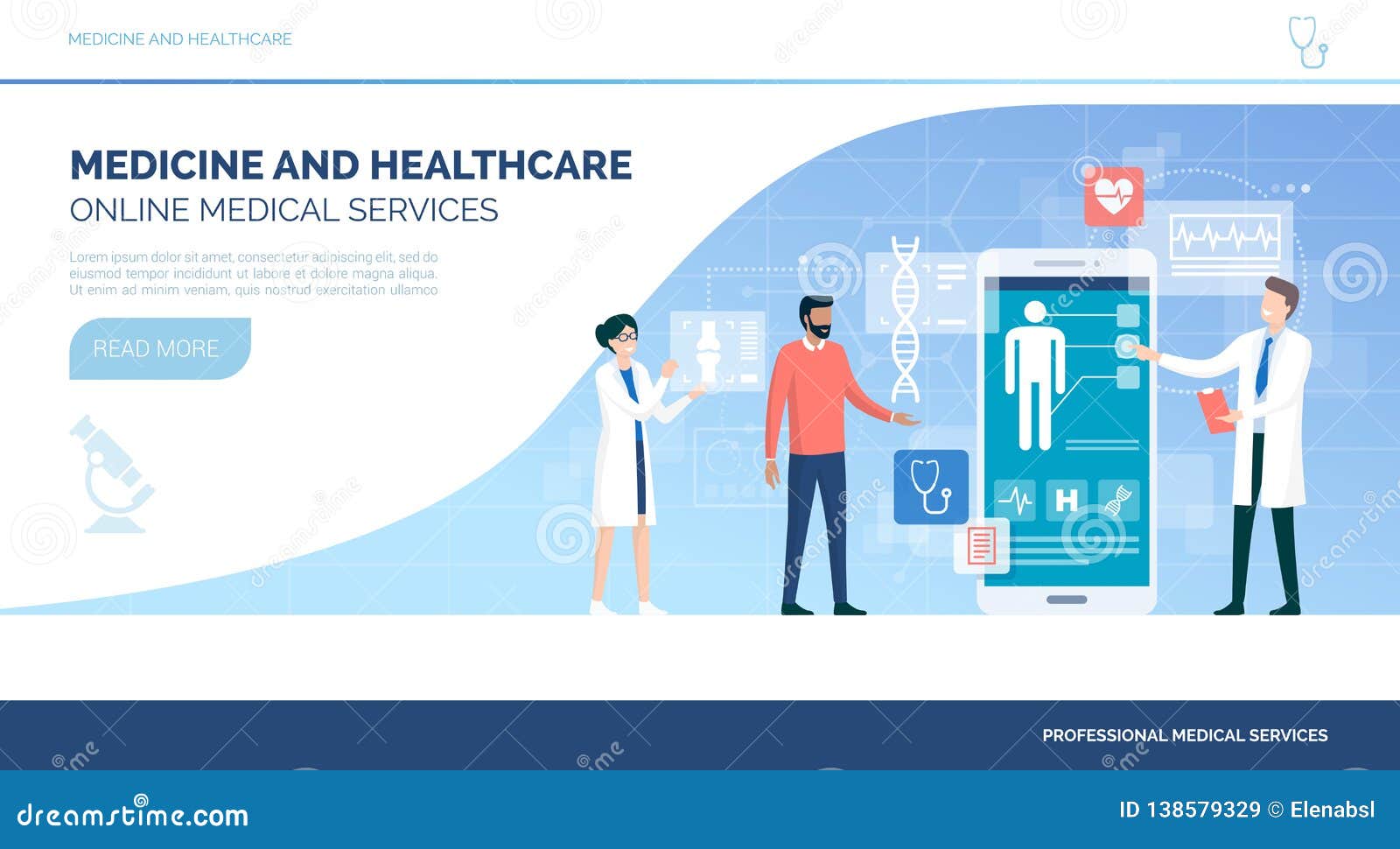Exploring the Growth of Subscription Based Healthcare in the Digital Age
Exploring the Growth of Subscription Based Healthcare in the Digital Age
Blog Article
The Surge of Subscription-Based Medical Care and Its Influence on Individual Treatment
As health care develops, the subscription-based model is getting grip, guaranteeing to reinvent individual care by supplying predictability and availability. These models, which bypass conventional insurance policy, can redefine the patient-doctor dynamic, emphasizing customized and preventative care. As with any kind of technology, they provide obstacles, especially concerning fair gain access to for all socioeconomic groups. The potential for these versions to improve healthcare shipment elevates pressing questions regarding their long-term sustainability and inclusivity. Are these subscription services the future of medical care, or do they run the risk of leaving prone populations behind? The complexities of this shift warrant a better assessment.
Recognizing Membership Health Care Versions
Understanding the principle of membership healthcare designs includes checking out a transformative method to medical solutions that emphasizes cost and access. These versions, usually described as straight health care (DPC) or concierge medication, have become cutting-edge alternatives to standard fee-for-service health care systems. Membership medical care permits individuals to pay a fixed regular monthly or yearly fee for a specified set of clinical solutions, which might consist of unlimited workplace brows through, routine exams, and fundamental lab tests, without the need for typical insurance invoicing.
The structure of membership medical care models is developed to simplify patient care by getting rid of third-party payers and complex payment codes, thus lowering management burdens. Health care carriers can focus a lot more on patient treatment, promoting more powerful patient-provider partnerships. This model additionally advertises preventative treatment by urging normal visits, as the financial challenge of per-visit charges is gotten rid of.
The registration design frequently equips health care suppliers to handle smaller sized person panels, permitting even more customized care. It aligns monetary rewards with client health end results, as providers are motivated to preserve person complete satisfaction and wellness. In general, recognizing subscription medical care versions needs identifying their potential to improve just how care is provided and accessed.
Advantages for Patients and Companies

With a steady earnings stream, health care specialists can devote even more time to each patient, leading to an extra individualized and comprehensive treatment experience. The emphasis on precautionary treatment within subscription strategies can lead to better individual outcomes and minimized lasting healthcare expenses.
Concerns and challenges
While subscription-based medical care designs existing numerous benefits, they additionally come with a set of obstacles and concerns that should be resolved. Ease of access stays a substantial concern, as these models typically target individuals that can manage month-to-month costs, possibly excluding low-income populations. This raises ethical questions regarding equitable access to health care services. Additionally, the different nature of membership plans can cause confusion among clients concerning insurance coverage specifics, possibly causing unmet assumptions or inadequate care.
Financial sustainability of subscription-based designs is one more issue. Suppliers need to balance the fixed revenue from registrations with the variable expenses of healthcare solutions, which might change because of unexpected clinical requirements. This can produce stress to restrict services or rise charges, potentially influencing individual complete satisfaction and care quality.
Furthermore, governing oversight of subscription-based health care models is still advancing. The absence of standardized structures can lead to irregular service top quality and liability, complicating initiatives to make certain individual security. Last but not least, the combination of technology-- commonly a foundation of these versions-- questions regarding information privacy and security, as sensitive person details can be susceptible to violations. Attending to these obstacles is important for the effective and fair application of subscription-based medical care.
Influence On Patient-Doctor Relationships
One significant effect of subscription-based health care designs on patient-doctor connections is the potential for enhanced continuity and customized treatment. By embracing a membership model, doctors can take care of a smaller sized patient panel, enabling more dedicated time with each individual. This raised schedule cultivates a deeper understanding of a person's case history, way of living, and choices, allowing a lot more tailored treatment plans and treatments.

However, it is necessary to recognize that while subscription-based versions may benefit those that can afford them, they could accidentally broaden healthcare differences. Individuals find who are incapable Related Site to take part in these models may experience reduced accessibility to customized treatment, potentially influencing their connections with healthcare carriers. Therefore, while the registration design offers encouraging advantages for patient-doctor connections, it also presents challenges that require to be addressed to make sure equitable healthcare gain access to.
Future of Healthcare Gain Access To

The function of innovation can not be forgotten in this improvement. Telemedicine platforms and digital health and wellness documents facilitate smooth communication in between patients and health care carriers, breaking down geographical and logistical barriers. Additionally, improvements in man-made intelligence and data analytics can further individualize healthcare by predicting person demands and maximizing therapy plans.
However, the future of health care accessibility additionally offers challenges, such as making sure equity across different socio-economic teams. Policymakers and doctor must team up to link the digital divide, guaranteeing that subscription-based models continue to be comprehensive and budget friendly. As these systems mature, they hold the promise of making medical care extra obtainable, efficient, and patient-centric.
Final Thought
Subscription-based healthcare designs are reshaping client treatment by supplying a steady expense framework and improving availability. The surge of subscription-based medical care urges aggressive person involvement, which has the potential to improve person outcomes and satisfaction, signaling a transformative shift in healthcare delivery.
As medical care advances, the subscription-based version is obtaining grip, guaranteeing to reinvent individual care by providing predictability and ease of check that access.Subscription-based healthcare models use distinct advantages for both patients and companies, enhancing the overall medical care experience.As health care systems develop, the future of healthcare accessibility often hinges on the assimilation of ingenious designs and technologies.Subscription-based medical care designs are reshaping person care by providing a secure cost structure and boosting ease of access. The rise of subscription-based health care encourages aggressive client engagement, which has the prospective to improve individual outcomes and contentment, indicating a transformative change in health care distribution.
Report this page